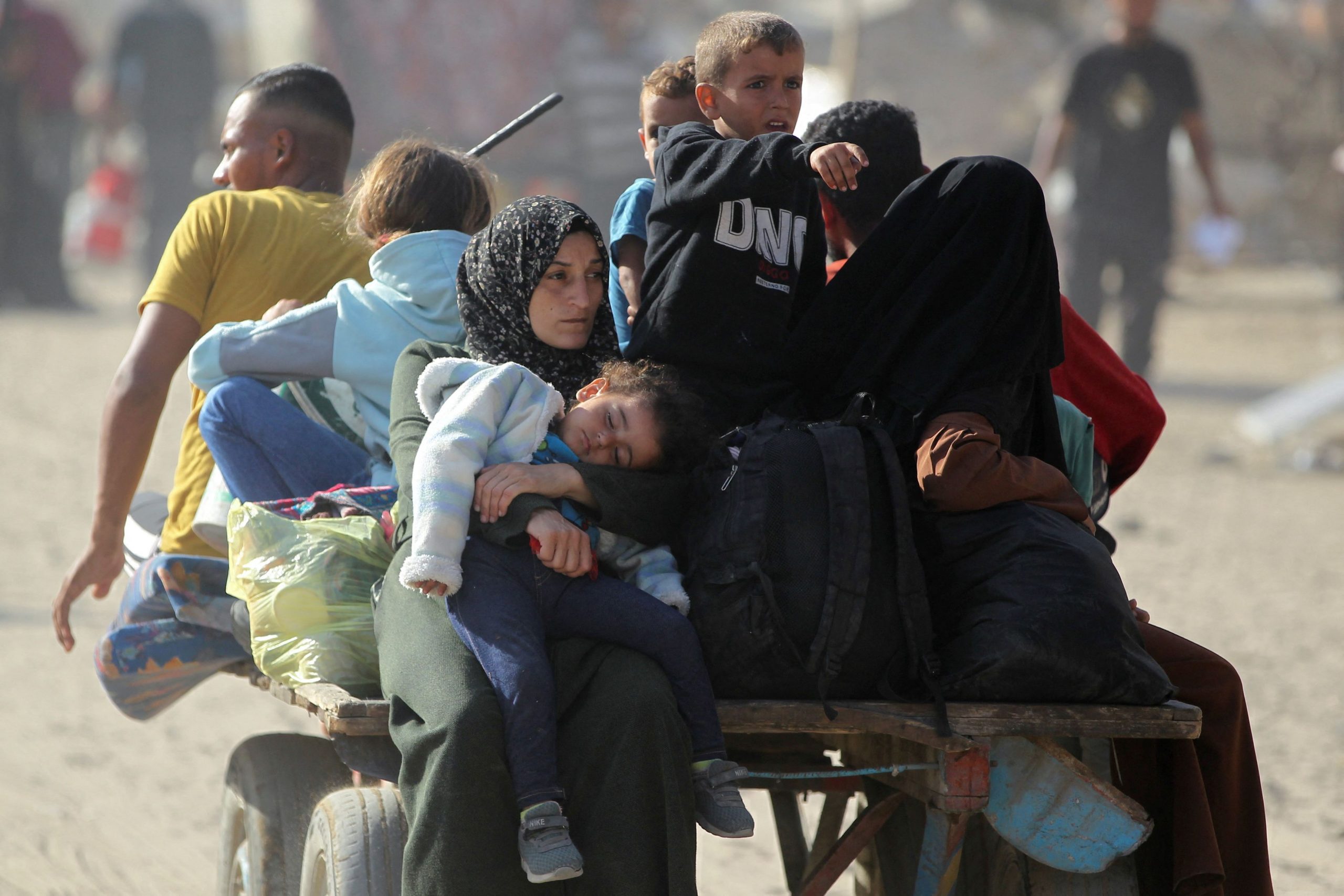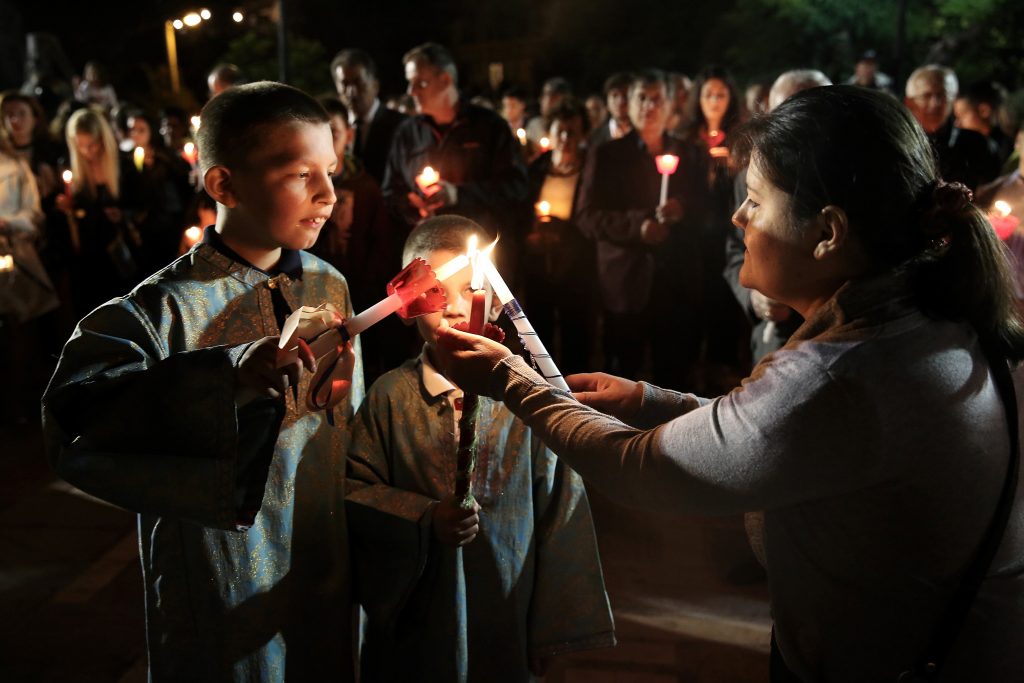After a year of war between Israel and Hamas in Gaza, the enclave’s future looks as bleak as its immediate past. Swaths of its cities and towns are in ruins, most schools and hospitals are destroyed or badly damaged , olive groves and farm fields are uprooted or bulldozed in many areas, and the bulk of its people are displaced on their own land , if they have survived at all.
Yet the upheaval is far from over.
The enormous task of rebuilding Gaza will take years and billions of dollars in aid. Among the biggest obstacles is the refusal of Arab governments to help fund the reconstruction unless Israel withdraws its troops and commits to the creation of a Palestinian state in Gaza and the West Bank. Israel has given no indication it will accept those conditions, leaving Gaza in desperate limbo.
Israel says it has degraded Hamas’s military capability to the point that it no longer operates as an organized force. Yet Hamas and other militants continue to reconstitute themselves, leading Israeli forces to keep up air and ground assaults in previously cleared areas and to issue evacuation orders where it resumes attacks. That is leaving residents living in tents and other temporary shelters, unable to reconstruct their lives or to rebuild Gaza’s shattered infrastructure.
Alaa Khatib, a 36-year-old mother of two, fled her Gaza City home in the north in the war’s first week, seeking safety in the south. When Israel’s offensive neared, she moved northward, to a friend’s apartment, eventually moving again to a $200 a month rented room in a rat-infested, rubble-strewn block of Deir al-Balah in central Gaza.
“We could not find a better place, but this is the option we have if it’s not a tent,” she said, adding that her family home in Gaza City has been damaged and looted. “I still want to go back there. At least it’s still called my home.”
More than 41,000 people have been killed in Gaza since the war began, according to health authorities there, who don’t say how many were combatants.
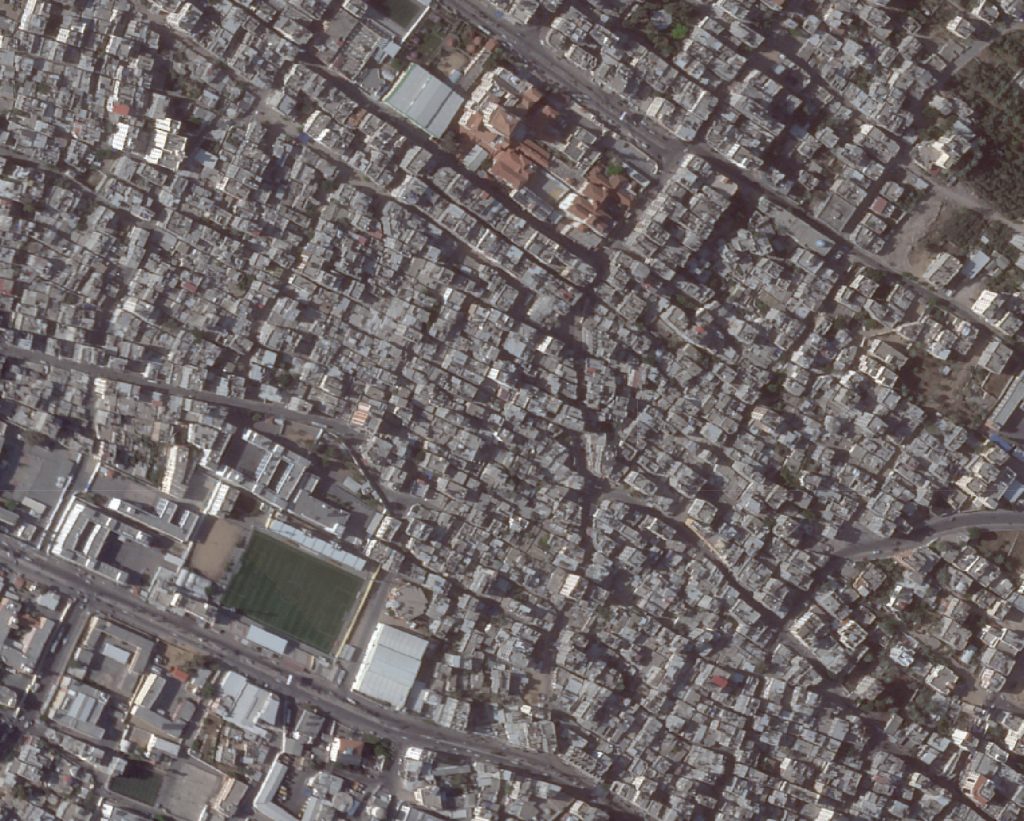
A satellite image shows a general view of Khan Younis camp, before the deadly October 7 attack by Hamas on Israel, in Khan Younis in the southern Gaza Strip, May 25, 2023. 2024 Planet Labs Inc./Handout via REUTERS THIS IMAGE HAS BEEN SUPPLIED BY A THIRD PARTY. MANDATORY CREDIT
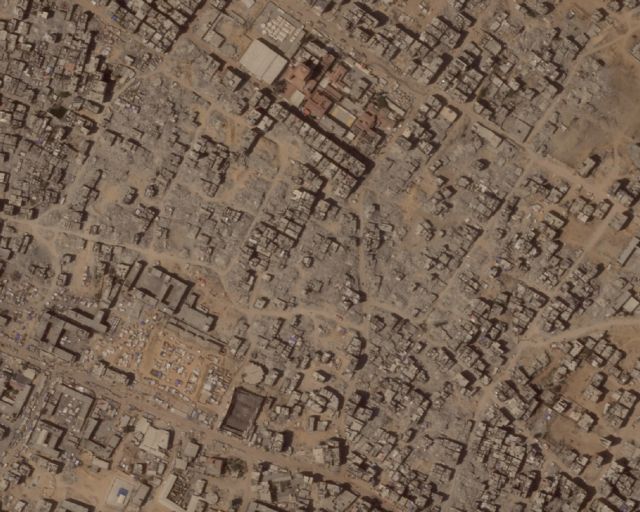
A satellite image shows a general view of Khan Younis camp after the deadly October 7 attack by Hamas on Israel, amid the ongoing conflict between Israel and Hamas, in Khan Younis in the southern Gaza Strip, August 9, 2024. 2024 Planet Labs Inc./Handout via REUTERS THIS IMAGE HAS BEEN SUPPLIED BY A THIRD PARTY. MANDATORY CREDIT
As the fighting continues, Israeli forces are subdividing Gaza and plan to maintain control of certain areas for an indefinite period as they pursue what remains of Hamas.
Israeli officials say pulling its troops from the Philadelphi corridor, which divides Gaza from Egypt; the Rafah border crossing, which connects the two; and the Netzarim corridor, which cuts across the enclave, would allow Hamas to reconstitute.
Arab states have offered financial support for the reconstruction of Gaza’s infrastructure, but only if Israel agreed to a viable U.S.-backed path toward a two-state solution and a withdrawal of Israeli forces from Gaza.
The war in Gaza, triggered by the Hamas-led attack on southern Israel that left 1,200 people dead and around 250 taken hostage , has produced more than 45,000 tons of concrete and metal debris, an amount that would take as long as 15 years to remove, according to United Nations estimates. Much of it comes from bombing, artillery strikes and intentional detonations of houses and buildings by Israeli forces, which have left 63% of Gaza’s structures either destroyed or damaged, according to the U.N.
Since the beginning of the war in Gaza, nearly 70% of schools have been struck or damaged in the fighting, most of them while being used as shelters, the United Nations Relief and Works Agency said last month. Other primary schools have suffered similar levels of damage.
Many schools were turned into temporary shelters when the war started, but that has made them targets for Israel, which says Hamas uses the buildings as command centers and to shield its fighters from Israeli attacks.
Israel’s military said Saturday it conducted airstrikes on Ibn Rushd School and Shuhada al-Aqsa mosque in Deir al-Balah, blaming Hamas for the “systematic abuse of civilian infrastructure in violation of international law.”
Hospitals and clinics also have suffered extensive damage, leaving many of Gaza’s 36 hospitals closed or only partially functioning, often because of Israeli strikes against what it says are Hamas fighters using hospitals for military purposes.
“There are a few hospitals that are working…but nothing more,” said Khaled Al Shawwa, a Jerusalem doctor who has been volunteering at Gaza clinics and hospitals since last October, when he was unable to depart because of the war. Due to restrictions on aid shipments, he added, “not all medicines get in, only basic drugs.”
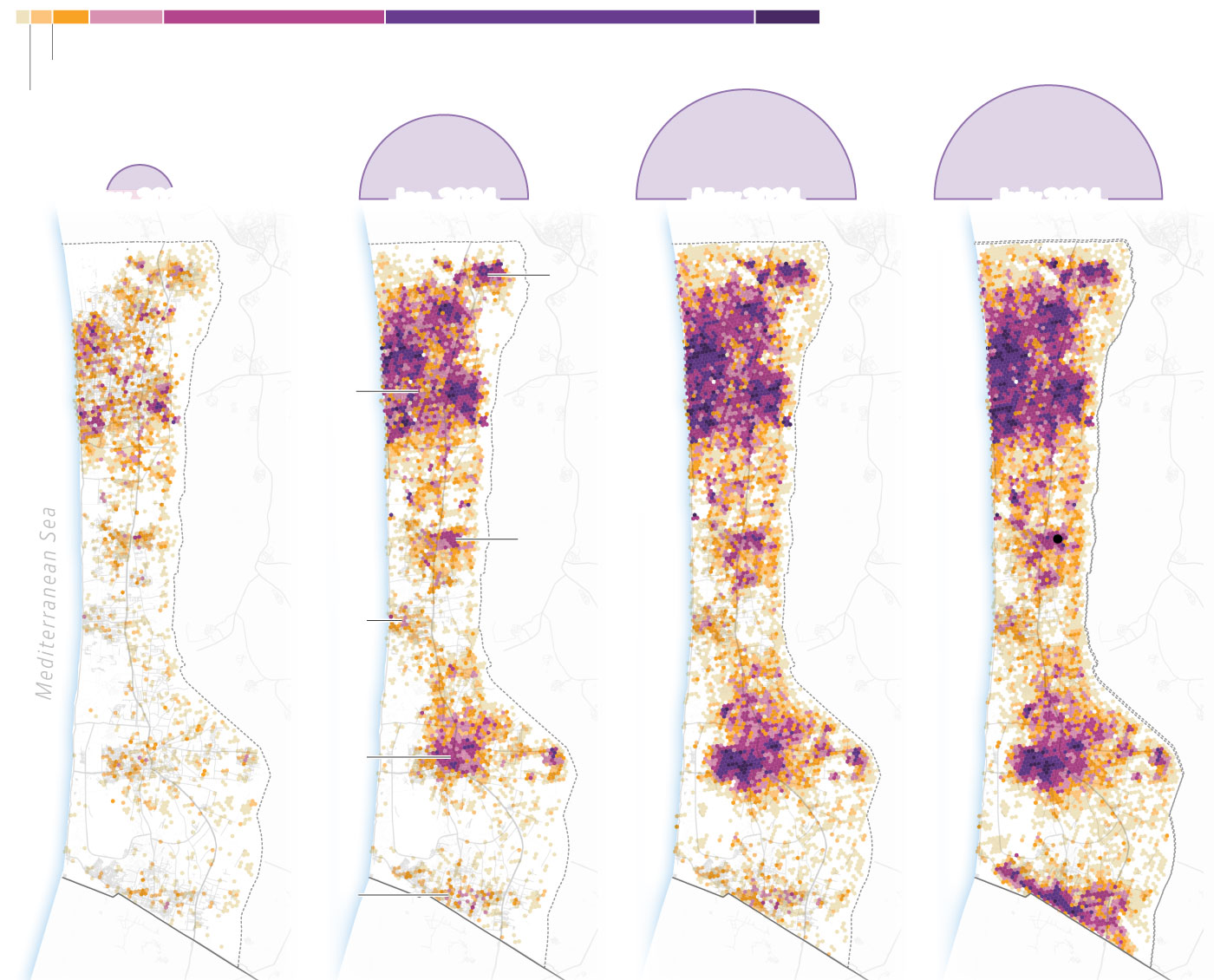
Note: Total tons includes road debris, while maps depict only building debris. Source: UN Environment Programme Emma Brown/WSJ
Israel says its attacks against medical facilities are limited to those used by militants. “Hamas uses hospitals and medical centers for its terror activities,” Israel’s military said in a statement. “If not stopped, under certain conditions, this illegal military use can make the hospital lose its protection from attack.”
At least 1.9 million people across the Gaza Strip have been internally displaced, according to the United Nations, with some repeatedly uprooted by bombing and Israeli troops pursuing Hamas’s leaders and remaining fighters. Many are blocked from returning home by Israeli checkpoints, destroyed homes and the limited availability of food , medical care and other services.
Maha Habboush and her family fled their home during fighting around nearby Al-Shifa hospital that left their dwelling destroyed. Her son was killed in a crossfire. “We were trapped with the dead body for 10 days,” she said, fleeing only after a fire broke out in the remains of the house. Now they are living in Habboush’s brother’s house near Gaza City’s seaport.
“We don’t have anywhere else to go,” she said. “We will stay in our city until all this is over.”
Write to David S. Cloud at david.cloud@wsj.com and Emma Brown at Emma.Brown@wsj.com
